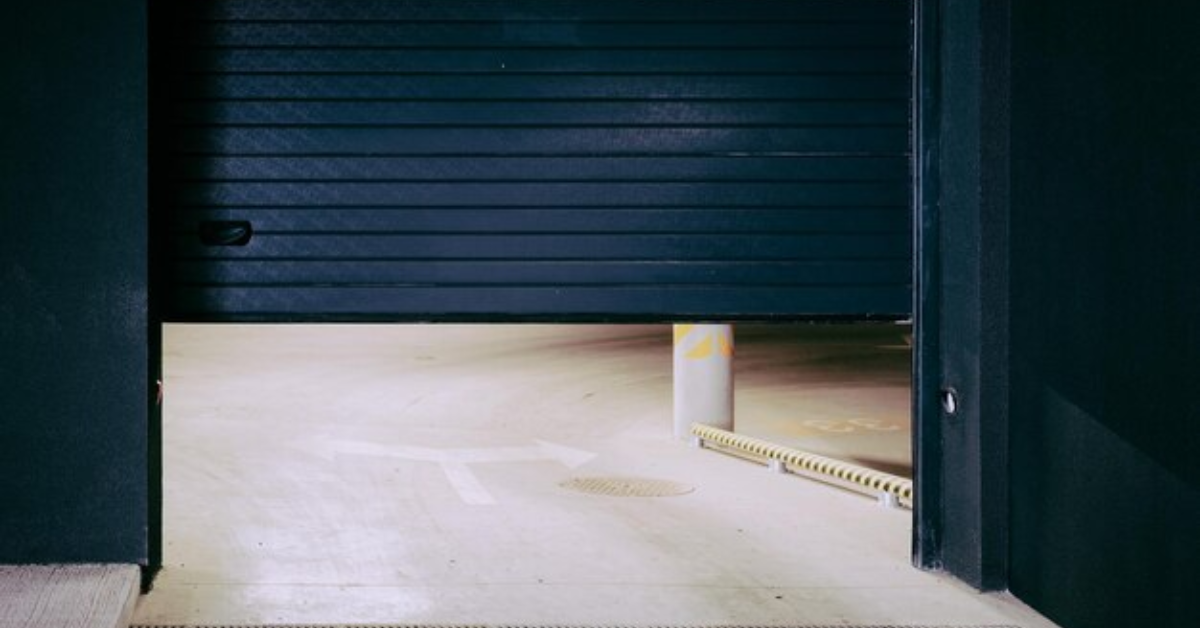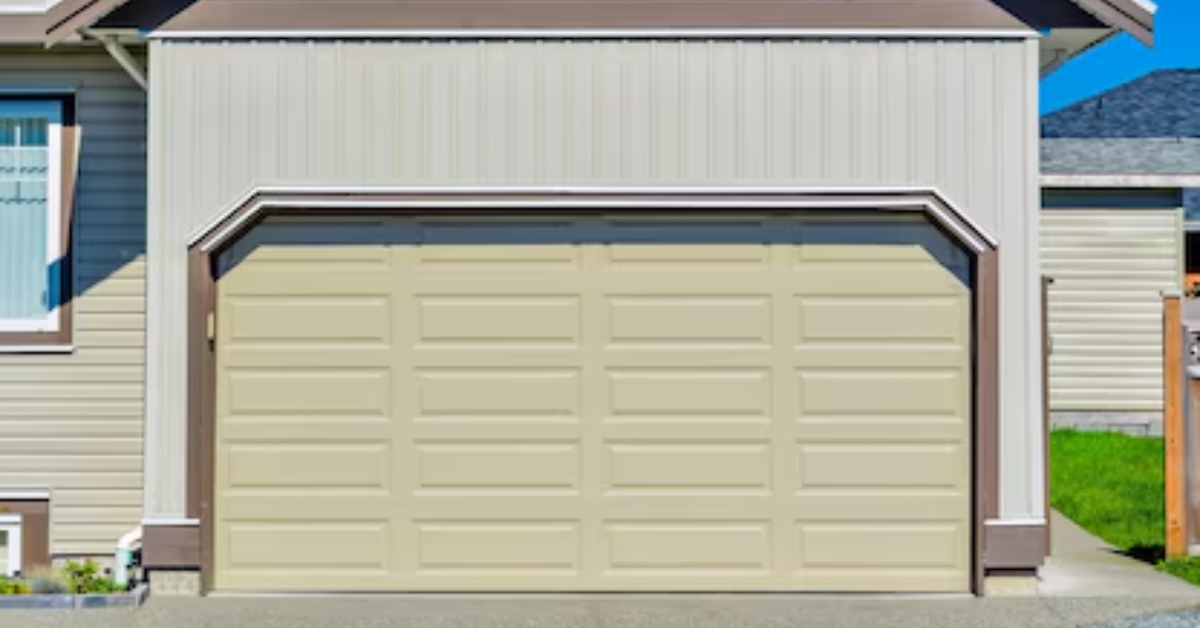Why Does My Garage Door Open Automatically?
A garage door opening on its own can be a frustrating and concerning issue. Not only does it pose a security risk, but it can also lead to unnecessary energy waste and wear on the system. If you’ve noticed your garage door opening unexpectedly, there are several possible reasons behind this problem. From signal interference to faulty wiring, this article will help you identify the cause and provide effective solutions to ensure your garage door operates smoothly and securely.
Common Reasons Why a Garage Door Opens Automatically
1. Signal Interference from Other Devices
Modern garage door openers rely on radio frequencies to communicate with the remote control. If a neighbor’s garage door opener operates on a similar frequency, it could accidentally trigger your door. Other electronic devices, such as wireless routers, baby monitors, or security systems, can also interfere with the signal, causing unexpected door movements.
Solution:
- Reprogram your garage door opener by changing the frequency or security code. Refer to the user manual for instructions.
- Identify nearby devices that could be interfering and move them away from the garage door opener if possible.
2. Faulty Garage Door Remote Control
A malfunctioning remote control can send unintended signals to your garage door. This could be due to stuck buttons, a short circuit, or low battery power.
Solution:
- Check the remote control for stuck buttons or dirt buildup that might be causing it to send signals randomly.
- Replace the batteries and test if the problem persists.
- If necessary, reset and reprogram the remote to the opener.
3. Misaligned or Faulty Garage Door Sensors
Most garage doors are equipped with safety sensors that prevent them from closing on an object or person. If these sensors are misaligned, dirty, or malfunctioning, they may send incorrect signals to the opener, causing the door to open unexpectedly.
Solution:
- Clean the sensors with a soft cloth to remove dust or debris.
- Ensure the sensors are correctly aligned—both should have a steady light indicating they are functioning properly.
- If the sensors continue to cause issues, consider replacing them.
4. Wiring Issues or Electrical Faults
A problem with the wiring inside your garage door opener or wall switch can lead to unintended door openings. Loose, frayed, or damaged wires may cause a short circuit, sending random signals to the door mechanism.
Solution:
- Inspect the wiring leading to the garage door opener and wall-mounted control panel for visible damage.
- If you notice frayed or loose wires, consult a professional to repair or replace them.
- Reset the system by unplugging the opener for a few minutes and then plugging it back in.
5. Problems with the Control Panel
The wall-mounted control panel that operates your garage door can also malfunction. Stuck buttons, worn-out circuits, or internal issues can cause the door to open automatically.
Solution:
- Press each button on the control panel to check if any are stuck.
- If the problem persists, consider replacing the control panel.
6. Power Surges and Electrical Fluctuations
A sudden power surge or electrical fluctuation in your home can cause the garage door opener to malfunction. In some cases, the system may interpret a surge as a signal to open the door.
Solution:
- Use a surge protector for your garage door opener to prevent damage from electrical fluctuations.
- If the issue started after a power outage or surge, reset the opener by disconnecting the power and reconnecting it after a few minutes.
7. Stuck or Damaged Limit Settings
Garage door openers have adjustable limit settings that determine how far the door should open and close. If these settings are incorrect or damaged, the door may reverse unexpectedly.
Solution:
- Locate the limit adjustment screws on the garage door opener and make small adjustments to see if it fixes the issue.
- If you are unsure about adjusting these settings, consult the manufacturer’s manual or seek professional help.
8. A Neighbor’s Remote Controlling Your Door
If a neighbor’s remote is programmed with the same frequency as your garage door, it could accidentally trigger your door to open. This issue is rare but possible, especially in older garage door models with fixed codes.
Solution:
- Reprogram your garage door opener to a new frequency or rolling code system if your model supports it.
- Consider upgrading to a modern garage door opener with advanced security features to prevent signal interference.
9. Mechanical Issues with the Door Itself
Sometimes, mechanical problems such as worn-out springs, loose tracks, or a malfunctioning opener motor can cause the door to behave erratically.
Solution:
- Inspect the door’s hardware for any visible signs of wear and tear.
- Lubricate moving parts, such as hinges and rollers, to ensure smooth operation.
- If the door continues to open on its own despite addressing other issues, consult a garage door technician for a professional inspection.
Preventive Measures to Avoid Future Problems
To prevent your garage door from opening unexpectedly in the future, consider these maintenance tips:
- Regularly check and clean the safety sensors.
- Test your remote controls and wall switch for stuck buttons.
- Reprogram your opener if you experience interference issues.
- Inspect the wiring and mechanical components for signs of wear.
- Use a surge protector to protect the system from electrical fluctuations.
When to Call a Professional
If you have tried the troubleshooting steps above and your garage door still opens automatically, it is best to contact a garage door technician. A professional can diagnose more complex issues, such as internal wiring problems, motor malfunctions, or faulty safety mechanisms, and provide a safe and effective repair.
Conclusion
A garage door that opens on its own can be both inconvenient and a security concern. Fortunately, in most cases, the problem can be resolved by checking for signal interference, sensor alignment issues, faulty remotes, or wiring problems. By following the solutions provided in this guide and performing regular maintenance, you can keep your garage door functioning properly and ensure the safety of your home.




